13/11/2015
When visiting Inkaterra La Casona, explorers can walk through the culture steeped streets of Cusco, following in the footsteps once taken by the ancient Incan civilisation, who used the historic city as their military centre. Cusco was the capital and birthplace of the Inca Empire, where the emperor, or Sapa Inca – divine son of the sun, overlooked his kingdom.
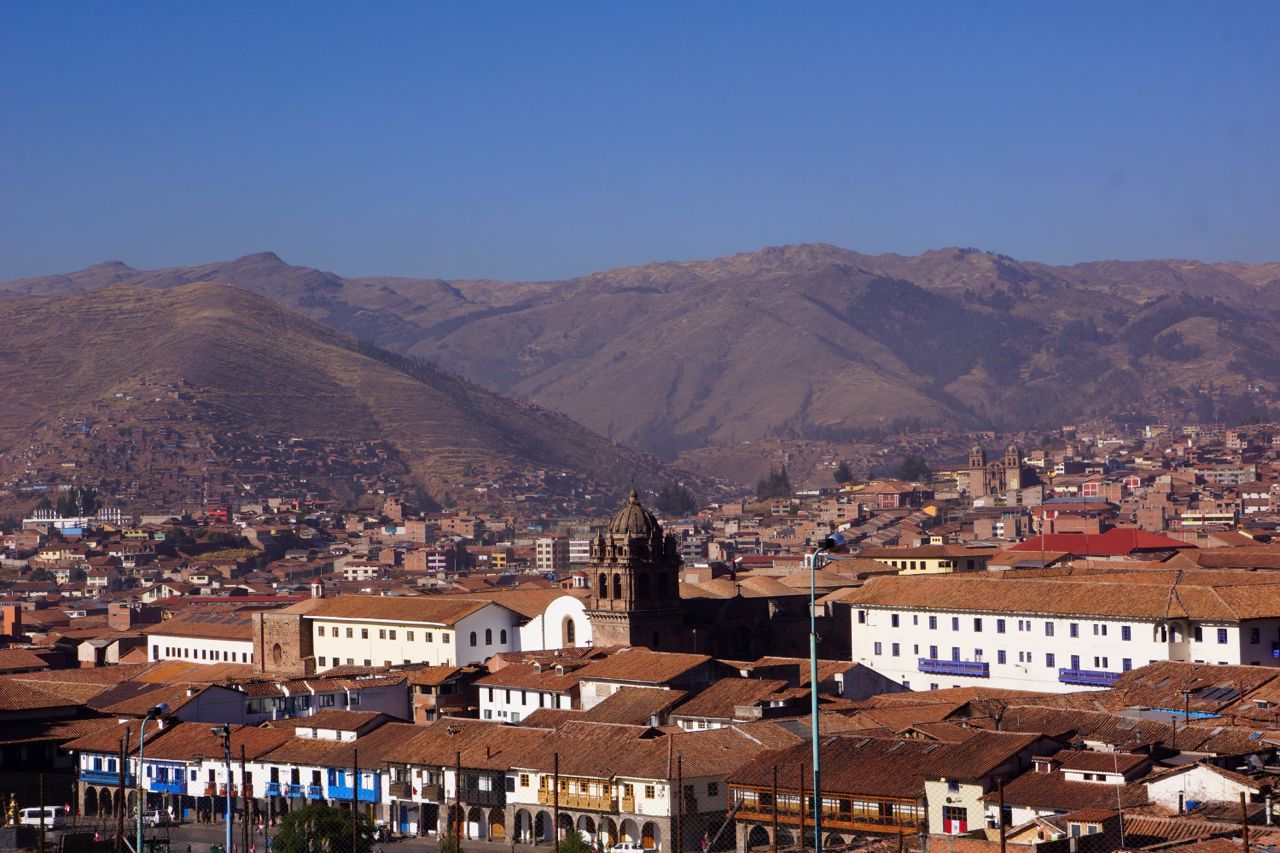
Arising in the highlands of Peru sometime in the early 13th Century, the Incas reigned a large portion of Western South American, centered on the Andean mountain ranges, including Ecuador, Bolivia, northwest Argentina, north and central Chile, and southern Columbia, before the last Inca stronghold was conquered by the Spanish in 1572.
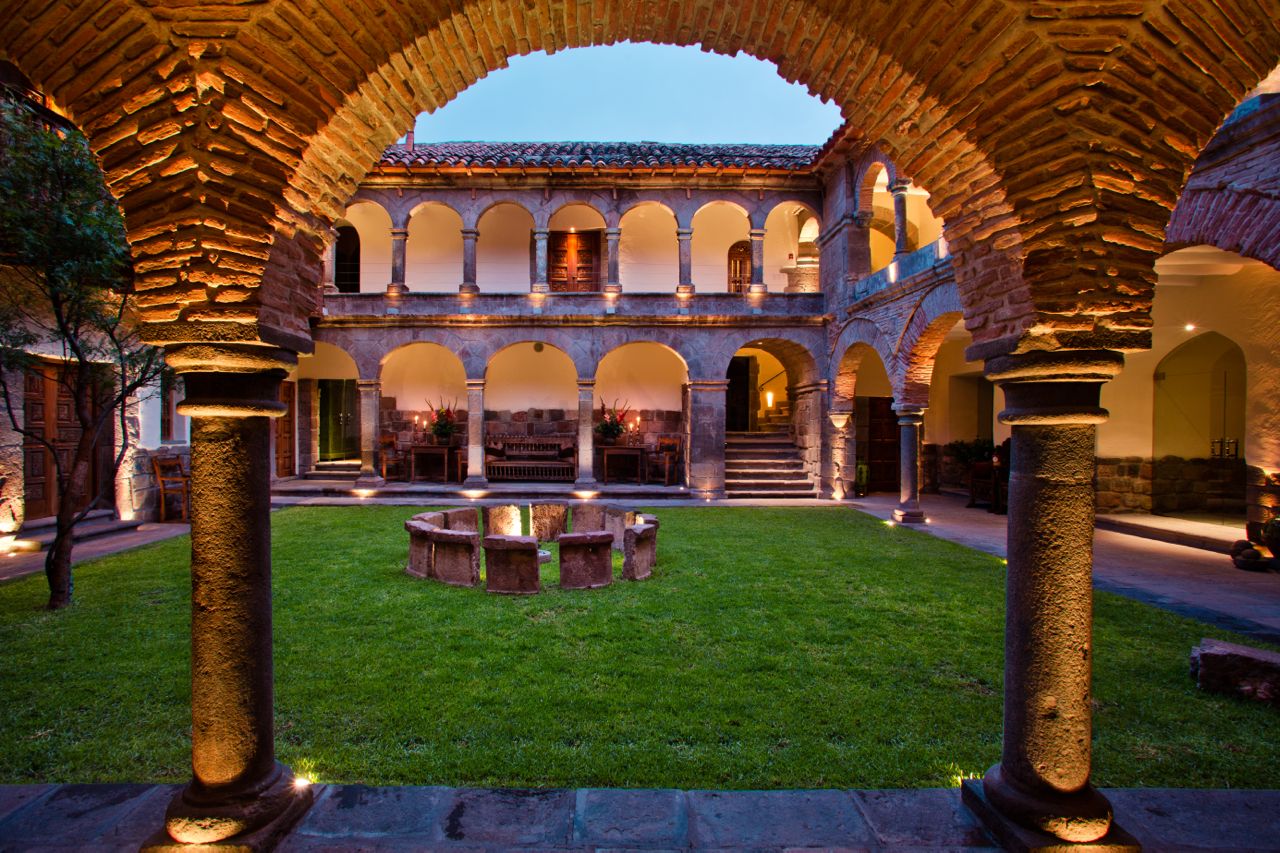
With Inkaterra La Casona ideally located on the cobbled streets of Cusco, on the original Inca settlement, colonial monuments, including the Qorikancha Temple, Sacsayhuaman and San Blas, are but a stones throw away. Landmarks a little further out of the city can also be explored, such as Puca Pucará, Qenko and Tambomachay.
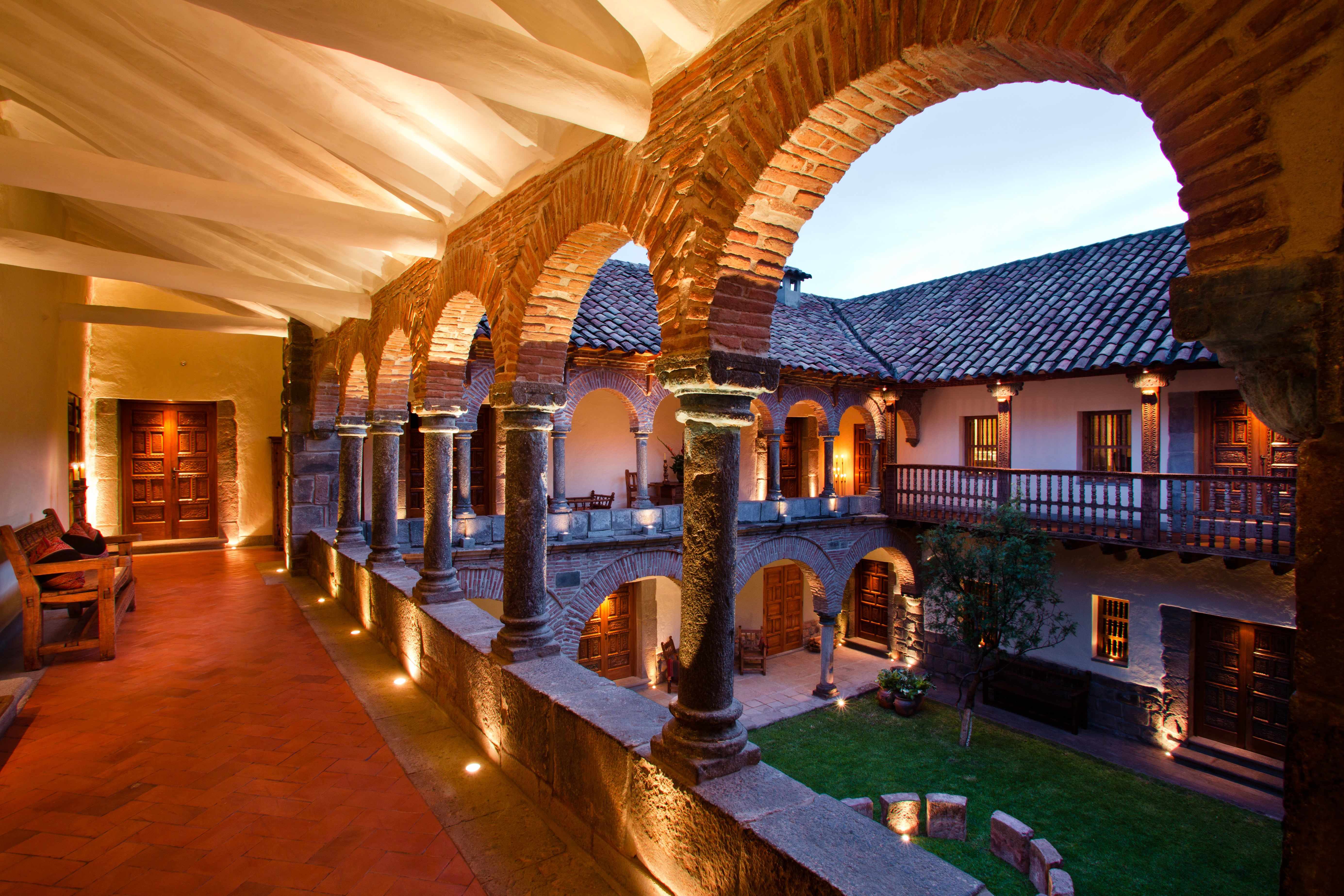
Puca Pucará, located seven kilometers northeast of the city, its Quechua name meaning ‘red strength’, was a military construction composed of elevated terraces, inner patios, watch towers, high walls and stairways. Q’enko, which means “labyrinth”, is an Incan temple with underground galleries and small canals made of rocks in zigzag form, while Tambomachay was one of the favourite baths of the royal Incas, formed by a set of stone structures, aqueducts, waterfalls, springs and thermal sources.
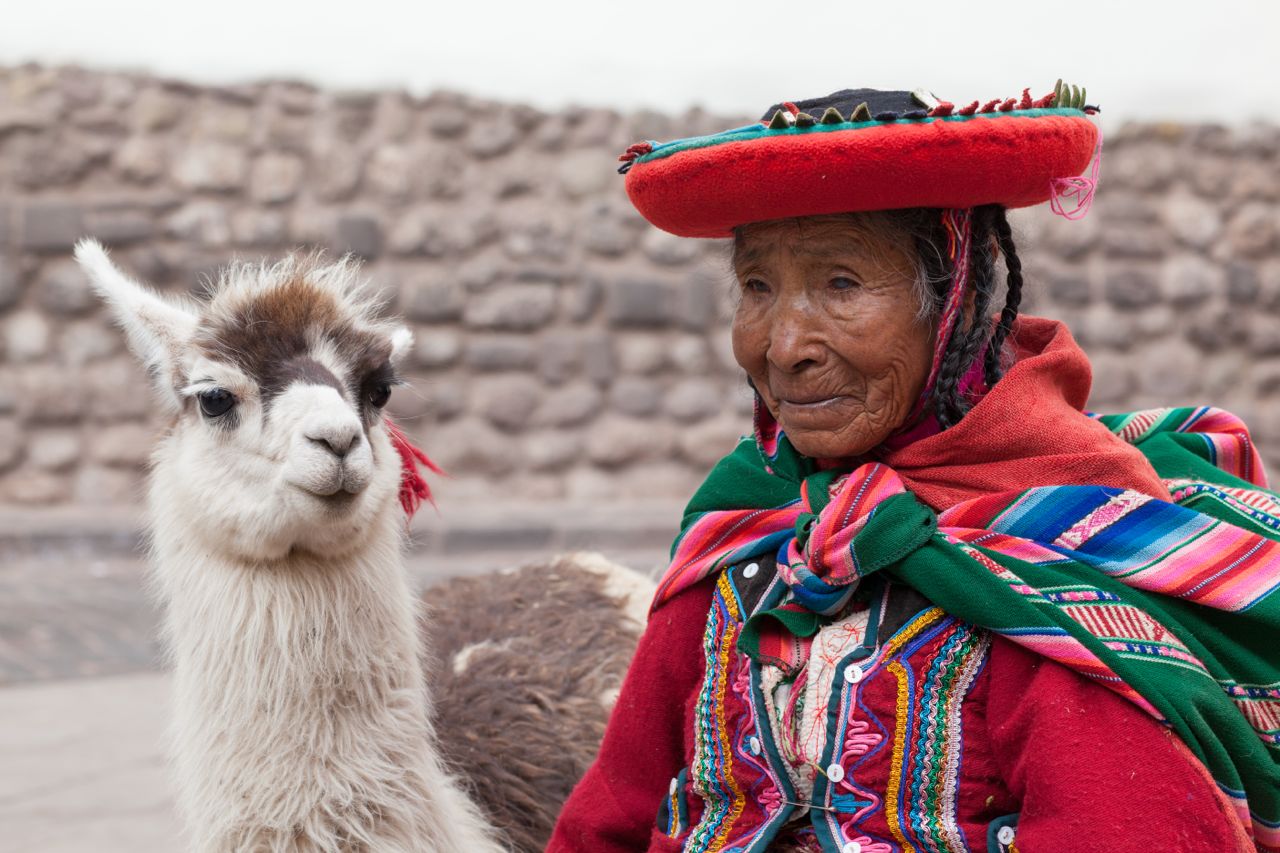
Inkaterra La Casona preserves the culture and traditions of the ancient civilisation through the intricate decoration, pieces of colonial furniture, murals, traditional colours and stone reflecting the patina of several eras. The attention to traditional detail means guests of the hotel will experience the tranquility and repose once offered to illustrious travellers who visited in earlier times.
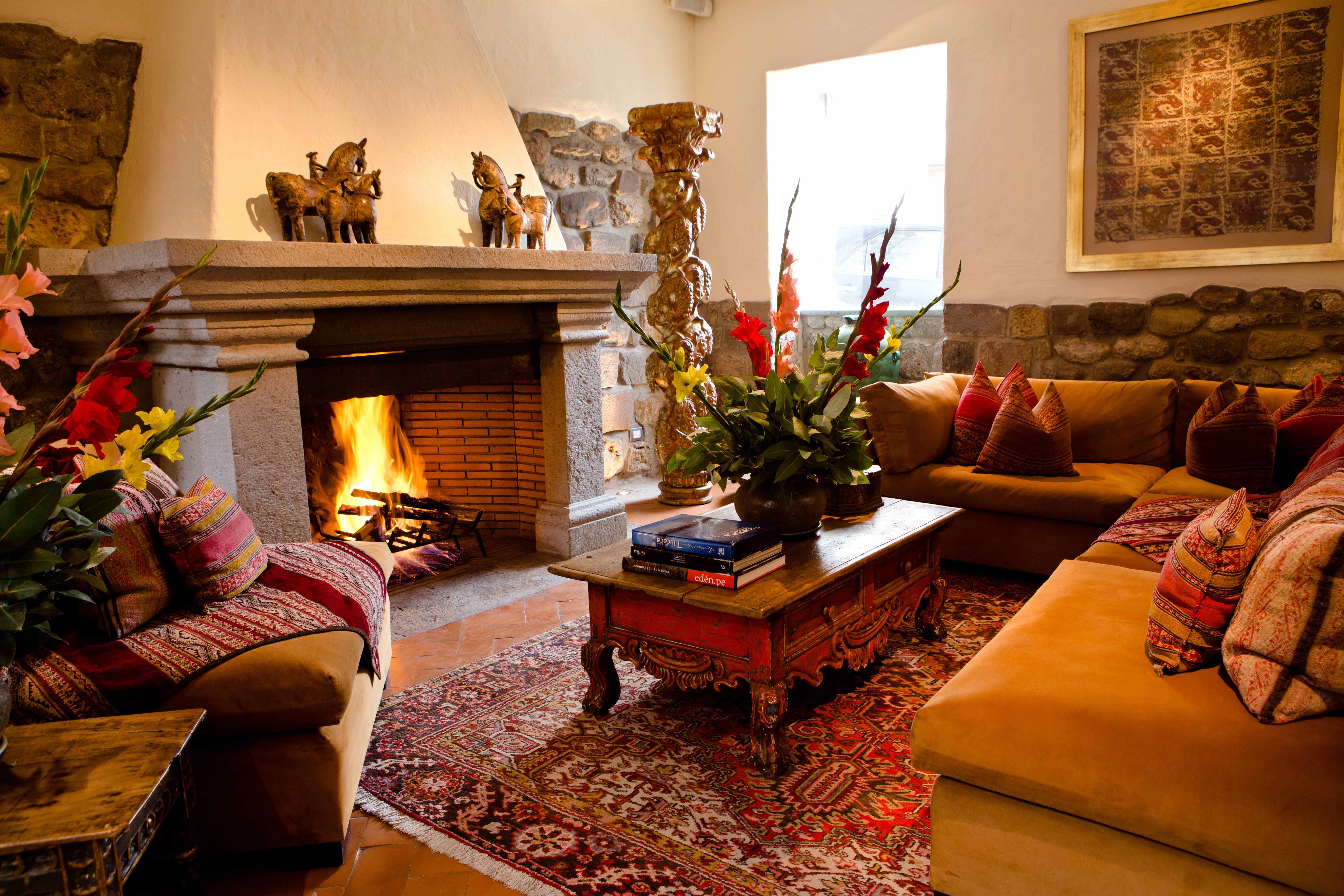
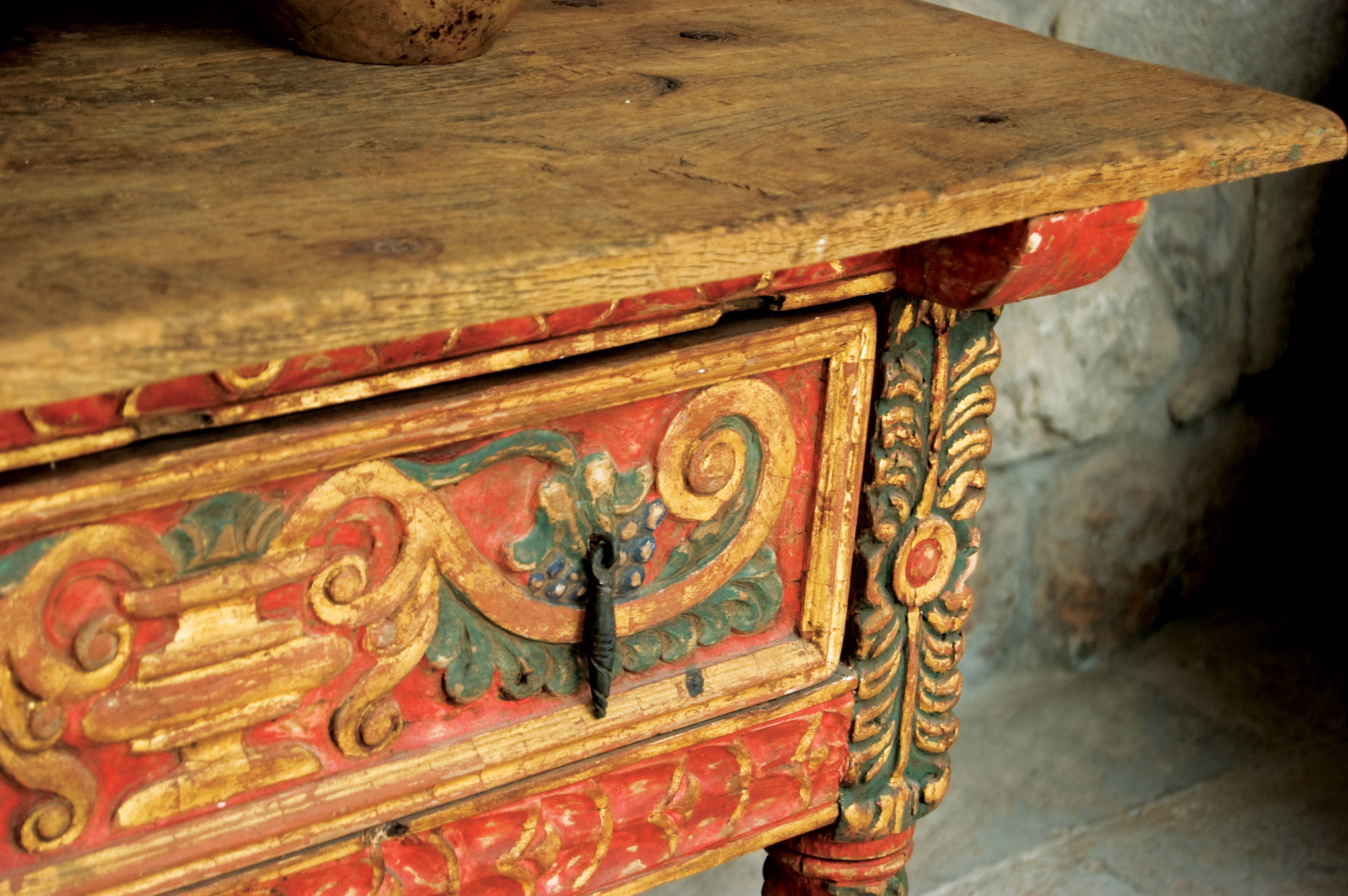
After the death of the Sapa Inca, civil war broke out in the Inca Empire. After five years of warfare, and eventually crowning a new Sapa Inca, the Spanish invaded in 1532, and by 1535, the Inca Empire was gone. What still remains are some of the most finely worked stone structures from any ancient civilisation, and a city steeped in history, waiting to be discovered by guests of Inkaterra La Casona.
For more information, visit www.inkaterra.com
10.11.15
